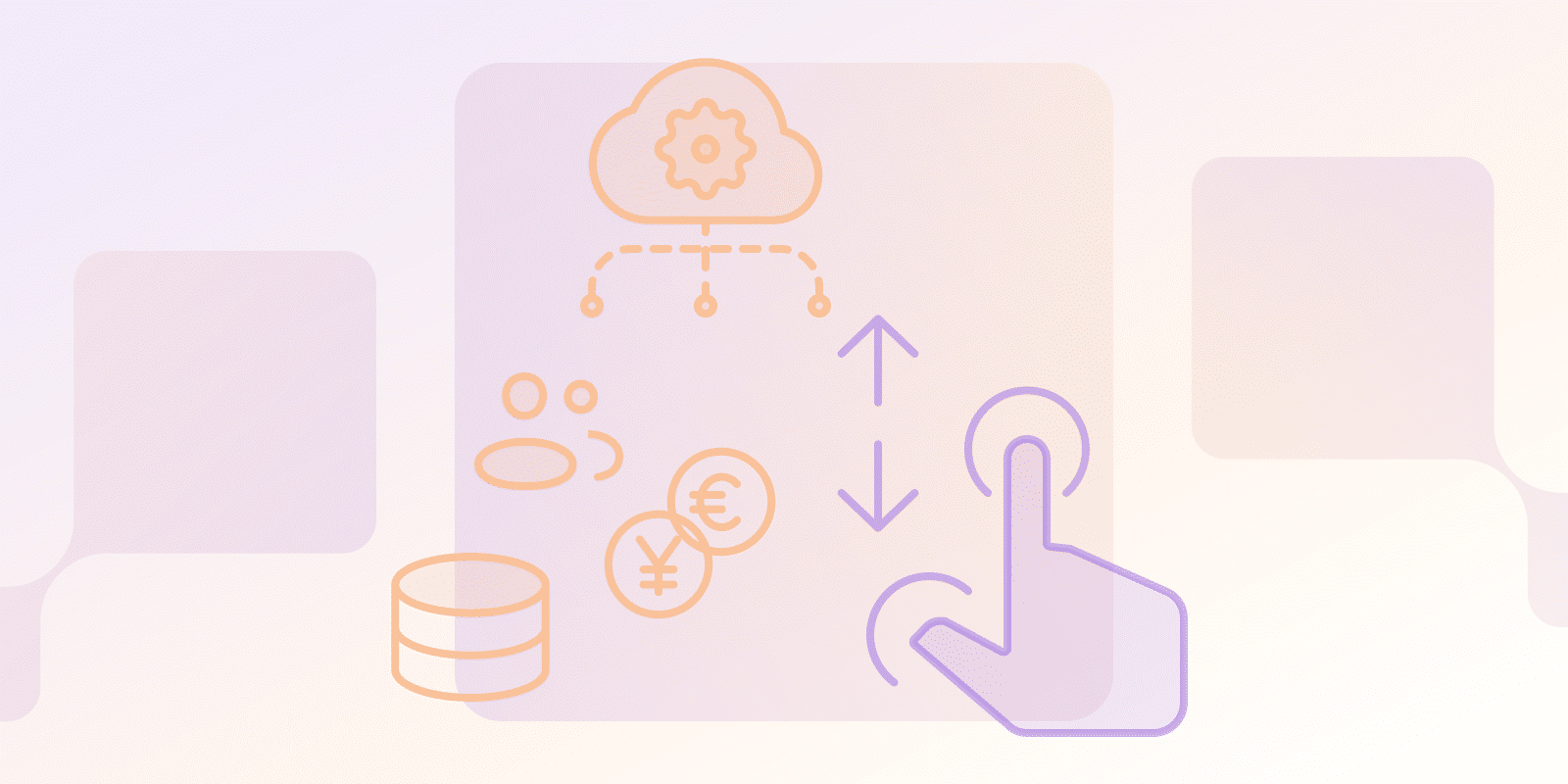Scaling Operations
What are Scaling Operations in SaaS?

What are scaling operations in SaaS?
Scaling operations in SaaS means maintaining performance in the face of growing demand from users. Improve software delivery by upgrading your infrastructure and processes in line with usage. Avoid errors and bugs from your software being over-capacity. The user experience should remain fast and responsive even as your business expands.
How do I optimize my SaaS infrastructure for scalability?
Emphasize the following points:
- Choose cloud-based solutions: consider Amazon AWS, Microsoft Azure, or Google Cloud. These are all possible software architecture options for your business. Look for flexibility and scalability when building your SaaS platform.
- Integrate Microservices: microservices break down software into components that can be scaled independently. When user demand increases for certain features of your software, developers can upgrade part of the system (instead of the whole) with microservices.
- Auto-scaling: ensure that your system automatically scales in response to usage by designing your SaaS infrastructure for growth.
- Caching: implement caching to speed up your software. This is the temporary storage of data in a holding location so it can be accessed more quickly.
Set up your SaaS platform to respond to users dynamically using these tools. Respond to demand and cope with fluctuations by managing your resources and dividing your system into parts.
| Feature | Cloud-based Solutions | Microservices | Auto-scaling | Caching |
|---|---|---|---|---|
| Infrastructure Characteristics | ||||
| Primary Purpose | Flexible infrastructure hosting | Component-based architecture | Dynamic resource allocation | Performance optimization |
| Scaling Approach | Horizontal and vertical scaling | Independent component scaling | Demand-based automatic scaling | Resource access optimization |
| Implementation Aspects | ||||
| Complexity Level | Medium | High | Medium | Low |
| Resource Requirements | Variable costs based on usage | High initial setup resources | Moderate setup resources | Low resource overhead |
| Benefits & Outcomes | ||||
| Performance Impact | High availability | Improved maintenance | Better resource utilization | Faster response times |
| Business Value | Cost-effective scaling | Enhanced development agility | Efficient resource management | Improved user experience |
Implement load balancing: distribute resources across your system with load balancers to prevent lags.
Monitor your system: track SaaS metrics to decide when to start the scaling process.
What are the key metrics for monitoring the scalability of my SaaS operations?
Track the following metrics in your company:
- Response times: Research how long your application takes to respond to user requests. Your system’s speed could suggest a bottleneck.
- Utilizing resources: Monitor your services for network usage, memory, and processing. Approaching your limits should indicate a need to scale.
- Track errors: Check your system to understand the number of errors received and evaluate the option to switch the technologies used.
- Customer acquisition: Closely monitor new sign-ups and active user trends to predict future scaling needs.
SaaS metrics that indicate an impending problem or bottleneck can show you when you need to scale.
How can I ensure data security and compliance during SaaS scaling?
These methods can be used to address data security and compliance for your SaaS:
- Embed security in the design: consider security at every stage, from SaaS infrastructure to data handling practices to SaaS compliance.
- Encrypt data: whenever data is at rest or in transit, ensure it is protected by encryption.
- Manage access controls: be strict about who can access the software and how to operate on the principle of least privilege.
- Audit your software: evaluate your system regularly to ensure compliance with standards like GDPR. Identify risks and vulnerabilities, then take steps to address them.
Enlist the help of a security expert or consultancy team if you lack the expertise in-house.
Conclusion
Addressing scaling challenges is essential for SaaS businesses experiencing growth. Maintaining performance during periods of increased demand is key for your strategy. Implement insights, including emphasizing security and monitoring best practices.